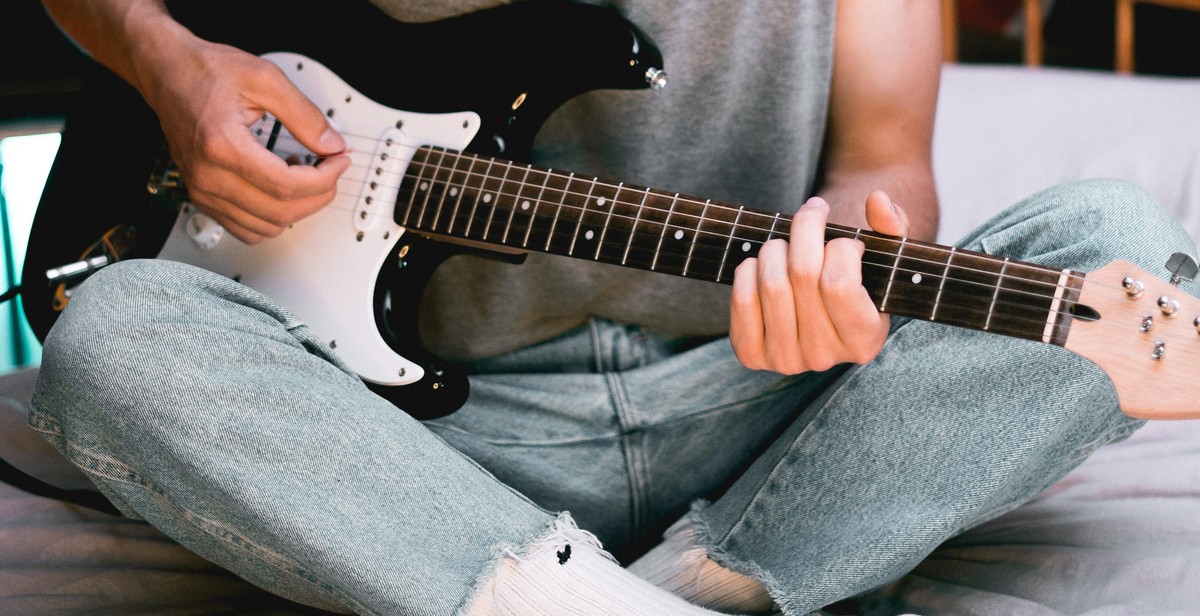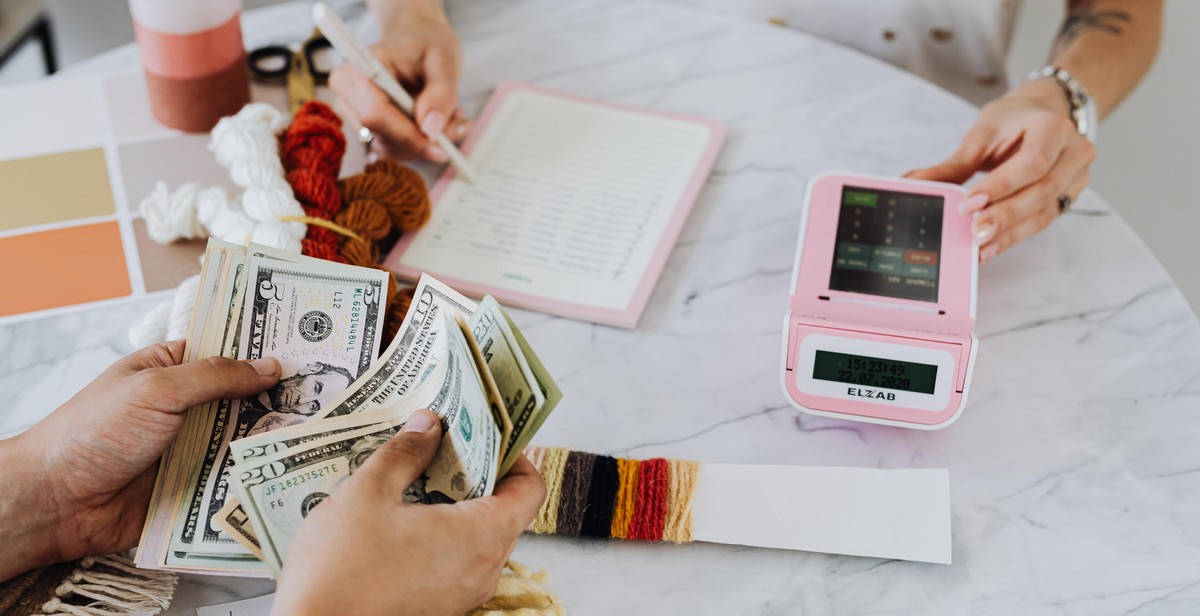How to Play the Mbira: Beginner’s Guide to African Thumb Piano Techniques and Songs
The mbira, also known as the thumb piano, is a traditional African musical instrument that has been played for hundreds of years. It consists of a wooden board with metal keys attached to it, which are played with the thumbs. With its unique sound and simple playing technique, the mbira has become increasingly popular around the world, and many musicians and enthusiasts are eager to learn how to play it.
Why Play the Mbira?
Playing the mbira can be a deeply rewarding experience, both musically and culturally. The instrument has a distinct sound that is both soothing and uplifting, and it is often used in traditional African ceremonies and rituals. Learning to play the mbira can also provide a deeper understanding of African music and culture, and can be a great way to connect with other musicians and enthusiasts.
What You’ll Learn
In this beginner’s guide to playing the mbira, we’ll cover everything you need to know to get started, including:
- The history and cultural significance of the mbira
- The different types of mbira and their unique features
- The basic playing technique and finger placement
- Common mbira rhythms and songs
- Tips for practicing and improving your mbira skills
Whether you’re a seasoned musician looking to expand your repertoire or a beginner interested in exploring African music, this guide will provide you with the knowledge and skills you need to start playing the mbira with confidence.

What is a Mbira?
The Mbira is a musical instrument that originates from Africa. It is also known as a thumb piano because it is played by plucking metal tines with the thumbs. The Mbira has a unique sound that is often associated with African music and culture.
History and Origin of the Mbira
The Mbira has a long history that dates back to ancient times. It is believed to have originated in Zimbabwe, where it was used in traditional ceremonies and rituals. The instrument was also used to communicate with ancestors and spirits.
Over time, the Mbira spread to other parts of Africa, and different versions of the instrument were developed. Today, the Mbira is played in many African countries, including Zimbabwe, South Africa, and Mozambique.
Parts of the Mbira
The Mbira is made up of several parts, including:
- The body: The body of the Mbira is usually made from wood or gourd. It is hollow and serves as a resonator for the metal tines.
- The metal tines: The metal tines are the most important part of the Mbira. They are usually made from steel and are attached to the body of the instrument. The tines are of different lengths, which produces different notes when plucked.
- The bridge: The bridge is a small piece of wood or metal that holds the tines in place. It is usually located on one end of the Mbira.
- The sound hole: The sound hole is a small opening on the body of the Mbira. It allows the sound to escape and gives the instrument its unique sound.
Overall, the Mbira is a unique and fascinating musical instrument that has a rich history and cultural significance in Africa. Learning to play the Mbira can be a rewarding experience for anyone who loves music and wants to explore different cultures.

Playing Techniques
Playing Posture and Hand Placement
Playing the mbira requires a comfortable and relaxed posture. Sit on a chair with your back straight and your feet flat on the ground. Place the mbira on your lap with the soundboard facing up and the keys pointing towards your body. Your left hand should be positioned under the mbira to support it, with your fingers lightly touching the soundboard. Your right hand will be used to play the keys.
Basic Playing Techniques and Finger Placement
The basic playing technique involves plucking the keys with your right thumb while using your right index finger to stabilize the instrument. The thumb should be positioned on the back of the key, with the nail facing upwards. Use the fleshy part of your thumb to pluck the key, and release it quickly to produce a crisp sound. Your other fingers should be curled under your hand to avoid accidentally touching the keys.
For chords, use multiple fingers to pluck multiple keys at the same time. Place your thumb on one key and your other fingers on adjacent keys, and pluck them simultaneously to produce a harmonious sound.
Advanced Playing Techniques and Rhythms
Once you have mastered the basic playing technique, you can experiment with more advanced techniques and rhythms. The most common advanced technique is the “buzzing” or “rattling” technique, which involves vibrating the keys with your fingers to produce a buzzing sound. To do this, place your fingers on the keys and quickly release them while simultaneously shaking your hand. This technique is often used in traditional African music to imitate the sound of a buzzing bee or a rattlesnake.
You can also experiment with different rhythms and patterns by playing the keys in different sequences. Try playing a simple melody with your right hand while using your left hand to create a steady beat on the soundboard. You can also try playing with different tempos, dynamics, and accents to create a more dynamic and expressive performance.
| Basic Techniques | Advanced Techniques |
|---|---|
| Thumb plucking | Buzzing/rattling |
| Chords | Melodic improvisation |
| Simple melodies | Rhythmic variations |
With practice and dedication, you can master the art of playing the mbira and become a skilled performer of traditional African music. Remember to always maintain a relaxed posture and use proper hand placement and finger techniques to produce the best possible sound.

Popular Mbira Songs
If you’re looking to expand your Mbira repertoire, here are some popular songs to consider:
Nhemamusasa
Nhemamusasa is a traditional Mbira song from the Shona people of Zimbabwe. It is a popular song played during ceremonies and festivals. The song’s melody is simple and repetitive, making it an excellent piece for beginners to learn.
Mhuri yekwaRwizi
Mhuri yekwaRwizi is another traditional Mbira song from the Shona people of Zimbabwe. The song’s title translates to “The Family of Rwizi,” and it is a song that celebrates the ancestors of the Shona people. The song’s melody is more complex than Nhemamusasa, but it is still a great song for beginners to practice.
Chemutengure
Chemutengure is a popular Mbira song from the Zezuru people of Zimbabwe. The song’s title translates to “The Leopard’s Spots,” and it is a song that tells the story of a leopard’s journey through the forest. The song’s melody is more complex than Nhemamusasa and Mhuri yekwaRwizi, making it a great song for intermediate players to learn.
Makwaya
Makwaya is a popular Mbira song from the Tonga people of Zimbabwe. The song’s title translates to “The Way,” and it is a song that celebrates the journey of life. The song’s melody is more complex than Nhemamusasa, Mhuri yekwaRwizi, and Chemutengure, making it a great song for advanced players to learn.
Zvichapera
Zvichapera is a popular Mbira song from the Shona people of Zimbabwe. The song’s title translates to “It Will Pass,” and it is a song that reminds people that everything in life is temporary. The song’s melody is more complex than Nhemamusasa and Mhuri yekwaRwizi, but it is still a great song for intermediate players to practice.
Table of Popular Mbira Songs
| Song Title | Region | Difficulty Level |
|---|---|---|
| Nhemamusasa | Zimbabwe (Shona) | Beginner |
| Mhuri yekwaRwizi | Zimbabwe (Shona) | Beginner |
| Chemutengure | Zimbabwe (Zezuru) | Intermediate |
| Makwaya | Zimbabwe (Tonga) | Advanced |
| Zvichapera | Zimbabwe (Shona) | Intermediate |

Buying a Mbira
When it comes to buying a mbira, there are a few things to consider. Here are some tips to help you choose the right one:
Types of Mbira Available
There are several types of mbira available on the market, each with its unique sound and features. Here are some of the most common types:
- Nyunga Nyunga Mbira: This type of mbira has 15-25 keys and is played by the Shona people of Zimbabwe. It has a bright and lively sound and is great for beginners.
- Kalimba: Also known as a thumb piano, the kalimba is a simpler version of the mbira with fewer keys. It is popular among beginners and children.
- Mbira Dza Vadzimu: This is a larger mbira with 22-28 keys and is played by the Shona people of Zimbabwe. It has a deeper and more resonant sound than the nyunga nyunga mbira.
Choosing the Right Mbira
When choosing a mbira, consider the following:
- Size: The size of the mbira will affect its sound. Larger mbiras will have a deeper and more resonant sound, while smaller mbiras will have a brighter sound.
- Number of Keys: The number of keys on the mbira will determine the range of notes it can play. Consider your skill level and the type of music you want to play when choosing the number of keys.
- Materials: Mbiras can be made from different materials, including wood and metal. Wooden mbiras tend to have a warmer and more natural sound, while metal mbiras have a brighter and more metallic sound.
| Type of Mbira | Number of Keys | Sound |
|---|---|---|
| Nyunga Nyunga Mbira | 15-25 | Bright and lively |
| Kalimba | Fewer keys | Simple and bright |
| Mbira Dza Vadzimu | 22-28 | Deep and resonant |
By considering these factors, you can choose a mbira that is right for you and your musical goals.
